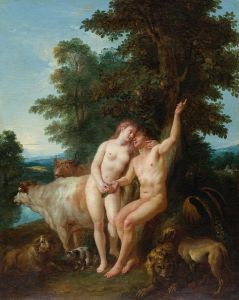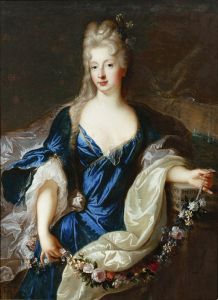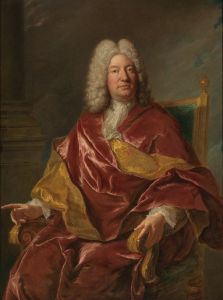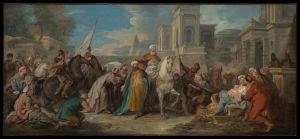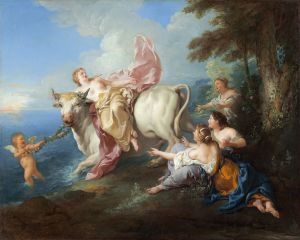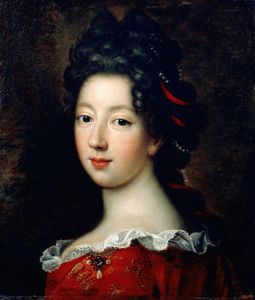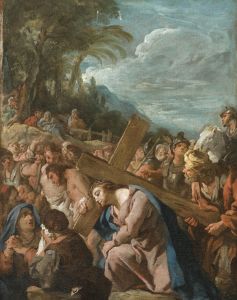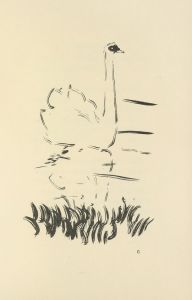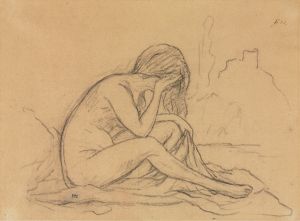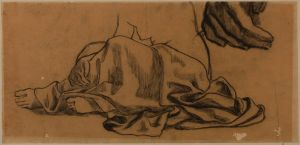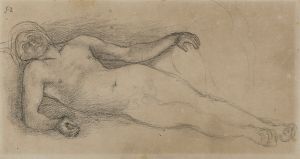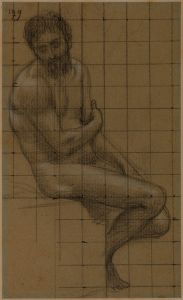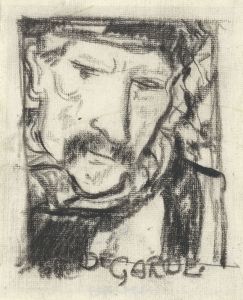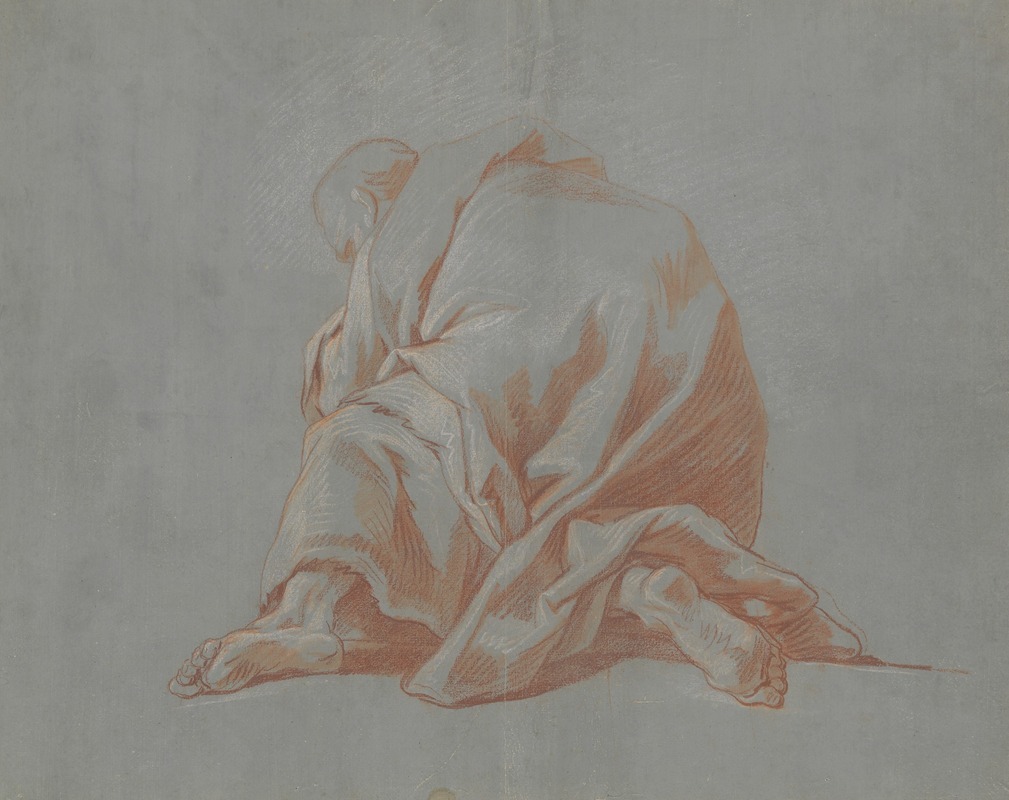
Study of a Draped Figure
A hand-painted replica of Jean-François de Troy’s masterpiece Study of a Draped Figure, meticulously crafted by professional artists to capture the true essence of the original. Each piece is created with museum-quality canvas and rare mineral pigments, carefully painted by experienced artists with delicate brushstrokes and rich, layered colors to perfectly recreate the texture of the original artwork. Unlike machine-printed reproductions, this hand-painted version brings the painting to life, infused with the artist’s emotions and skill in every stroke. Whether for personal collection or home decoration, it instantly elevates the artistic atmosphere of any space.
Jean-François de Troy (1679–1752) was a prominent French Rococo painter known for his historical and genre scenes, as well as his skillful depiction of fabrics and drapery. One of his works, "Study of a Draped Figure," exemplifies his mastery in rendering the intricate details of drapery, a common subject in academic studies of the time. This piece is a testament to de Troy's ability to capture the fluidity and texture of fabric, which was a crucial skill for artists who aimed to depict historical and mythological scenes with accuracy and elegance.
"Study of a Draped Figure" is an academic exercise that showcases de Troy's focus on the play of light and shadow across the folds of fabric. Such studies were essential for artists in the 18th century, as they provided a foundation for more complex compositions. The ability to convincingly portray drapery was not only a technical challenge but also a means to convey movement and emotion in a figure. De Troy's work in this area reflects the Rococo style's emphasis on grace, movement, and the delicate interplay of light.
The painting likely served as a preparatory study for a larger work or as a standalone piece to demonstrate de Troy's skill to patrons and students. During this period, artists often created studies of drapery to refine their technique and explore the effects of different lighting conditions on various textures. These studies were typically done in oil or chalk and focused on the subtleties of fabric, such as its weight, transparency, and the way it interacted with the human form.
Jean-François de Troy was part of a family of artists and received his initial training from his father, François de Troy, who was also a distinguished painter. Jean-François further honed his skills in Italy, where he was influenced by the works of the great masters and the vibrant artistic culture of the Baroque period. His time in Italy enriched his understanding of composition and the dramatic use of light, which he applied to his studies of drapery.
Throughout his career, de Troy held several prestigious positions, including director of the French Academy in Rome. His works were highly regarded for their elegance and technical proficiency, and he was a sought-after artist for both private commissions and public projects. "Study of a Draped Figure" fits within this context as an example of his dedication to the craft and his continuous exploration of artistic techniques.
In summary, "Study of a Draped Figure" by Jean-François de Troy is a reflection of the artist's expertise in capturing the nuances of fabric and light. It serves as an important example of the academic exercises that were crucial to the development of an artist's skill set in the 18th century. De Troy's work in this area not only highlights his technical abilities but also his contribution to the Rococo movement, characterized by its emphasis on elegance and refined aesthetic sensibilities.





